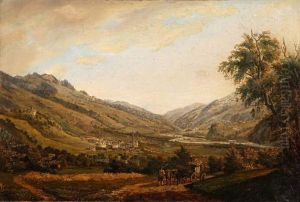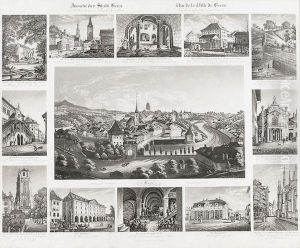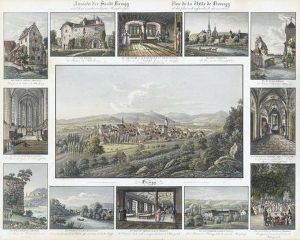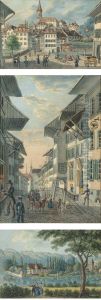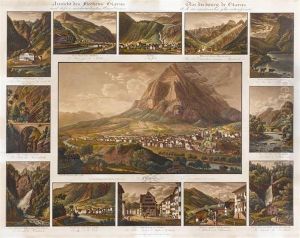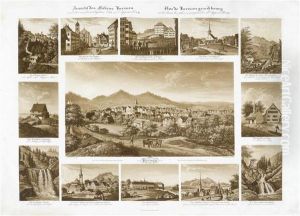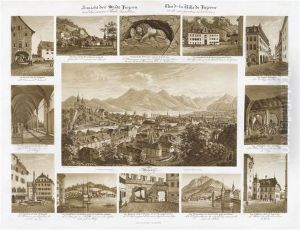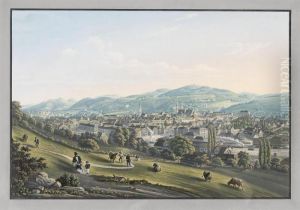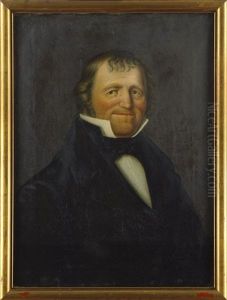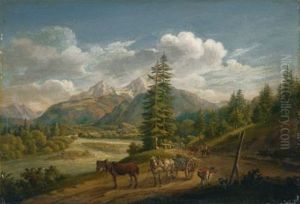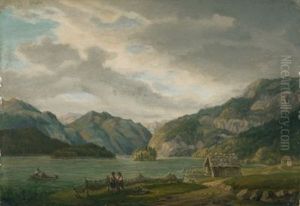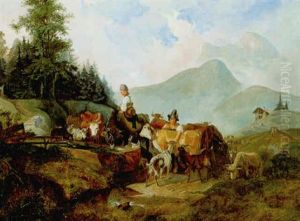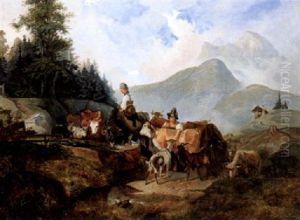Johann Baptist Isenring Paintings
Johann Baptist Isenring was a Swiss painter and early photographer born in 1796 in Appenzell, Switzerland. He began his artistic career as a painter, but his work and contribution to the development of early photographic processes are what make him a notable figure in the history of photography. Isenring is particularly known for his work with the daguerreotype process and for pioneering a colorization technique for photographs.
During the 1830s, Isenring became interested in the emerging field of photography, which was then in its infancy. After the announcement of the daguerreotype process by Louis Daguerre in 1839, Isenring was among the early adopters of this new technology. The daguerreotype process involved capturing images on silver-plated copper sheets, which produced a single, highly detailed image.
Isenring's innovation came in the form of an attempt to add color to these monochromatic images. He developed a method of applying pigments to the surface of daguerreotypes, which allowed for a form of colorization that added life and realism to the otherwise grayscale images. This painstaking process involved the use of finely ground pigments and a binding agent, applied with precision to the delicate surface of the daguerreotype.
Isenring's work gained him recognition, and he traveled to various countries, including Germany, to promote his coloring technique. While his method did not become a standard in the industry, it was an important step towards the eventual development of color photography.
Throughout his life, Isenring remained active in the artistic community, continuing to paint and innovate in the field of photography. His contributions during the formative years of photography provided a glimpse into the potential of this new medium, and his efforts to bring color to photographs showed a creative approach to overcoming the technological limitations of the time.
Johann Baptist Isenring passed away in 1860, leaving behind a legacy as a pioneer in the early days of photography. His work is remembered for its ingenuity and for laying the groundwork for future advancements in photographic techniques. Although he may not be as widely known as other early photographers, his contributions to the art and science of photography continue to be recognized by historians and enthusiasts alike.

